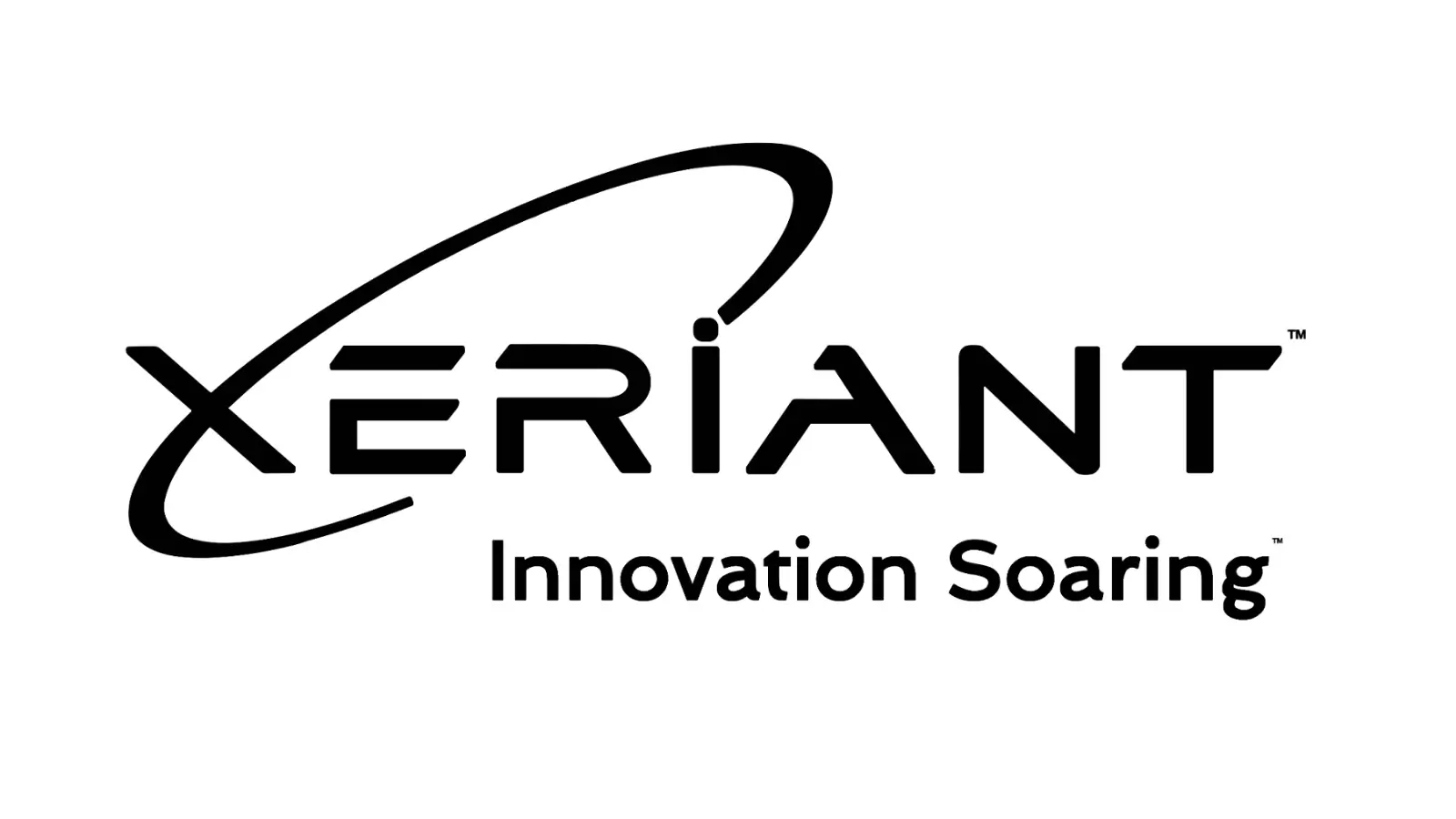In today’s market, fueled by relentless innovation, startups face relentless pressure to release products that are faster, smarter, and more reliable than ever. Under these conditions, engineering precision has become an indispensable competitive edge. Unfortunately, many founders—particularly those who come from non-technical disciplines—tend to minimize its significance. While strategic discussions often focus on disruptive ideas, scalable revenue models, and polished user interfaces, the durability of any successful tangible product ultimately rests on the rigor of its engineering. A particularly neglected yet disproportionately powerful element of that rigor is Geometric Dimensioning and Tolerancing, or GD&T. For founders who are genuinely committed to achieving quality, consistency, and long-term scalability, a command of GD&T shifts from a nice-to-have to a must-have.
Beyond Design: Why Specification Matters
Engineering precision extends beyond attractive designs and advanced alloys; it requires that every element operates according to specification, regardless of the foundry, factory, or technique used. Consider a mechanism that relies on interlocking gears or a structure subjected to cyclic loads. If the gap between the teeth or the fillet radius drifts outside its nominal value, the result may be wear, noise, customer complaints, or return shipments. Geometric Dimensioning and Tolerancing, or GD&T, supplies the lexicon and framework needed to articulate manufacturing intent with rigor. It stipulates permissible variation, orientation relationships, and assembly order so that vision and execution remain aligned. Founders thus do not need to master the entire discipline; rather, they should learn its vocabulary well enough to assess trade-offs, frame pertinent inquiries, and guide suppliers toward compliant, reliable execution at each stage of the lifecycle.
Eliminating Ambiguity Through GD&T
The strength of Geometric Dimensioning and Tolerancing (GD&T) lies in its capacity to eliminate ambiguity in contexts where miscommunication can incur significant expense. Conventional linear measurements may introduce interpretive latitude; in contrast, GD&T symbols convey the complete specification of a feature—its dimensions, its geometry, its orientation, and the allowance for acceptable deviation. This formalized dialect enables engineers, designers, and machinists to collaborate on a unified technical foundation. When founders commit the necessary time to mastering GD&T, they acquire the faculties to gauge design integrity with greater rigor, identify latent manufacturing challenges at an incipient stage, and engage with suppliers and engineering teams in more productive conversations. This proficiency, therefore, equips founders to direct efforts with assuredness, confident that the product’s structural soundness is underpinned by rigorously defined engineering metrics.
Design Intent and Industry Relevance
At its essence, geometric dimensioning and tolerancing serves the purpose of clarifying the designer’s original intent regarding the functional behavior of a component within its intended assembly or operating environment. This clarity is vital in industries where performance and safety cannot be compromised—fields such as aerospace, automotive engineering, and the manufacture of medical devices. Nevertheless, even in consumer-product design, the explicit definition of tolerances reduces the likelihood of scrap, rework, and costly production delays. Founders who dismiss these principles routinely confront obstacles when a prototype that performs well fails to meet yield specifications during scale-up or when dimensional drift occurs upon changing suppliers. A drawing that is meticulously annotated with precise GD&T communicates the critical-to-function features to every stakeholder, thus safeguarding the integrity of the design throughout the transition from initial concept to finished article.
Balancing Cost and Quality with Precision Engineering
The economic advantages of carefully engineered precision are considerable. Consider the relationship between tolerances and manufacturing costs: tighter tolerances generally increase expenses because they require more thorough inspection and prolonged machining cycles. By employing GD&T to assign tolerances only to the features that affect function, however, a firm can align cost and performance more effectively. Early-stage founders, working within constrained budgets and under intense investor scrutiny, should prioritize this optimization. By eliminating superfluous manufacturing costs while preserving product quality, a startup can deliver solutions that are not only ready for the market but robust enough to withstand it.
Enhancing Quality Control and Reliability
GD&T improves quality control by establishing quantifiable standards that can be uniformly verified during and after production. Although founders may not be equipped with calipers on the factory floor, the ability to trust that each component conforms to precise specifications—without resorting to guesswork—proves invaluable. When deviations are detected, GD&T expedites root cause analysis, enabling teams to identify and correct underlying issues without the expensive delays of trial and error. The resulting reliability manifests as reduced customer complaints, enhanced product reviews, and deepened brand loyalty—metrics that every founder should actively pursue.
Accelerating Market Readiness with Clear Specifications
Startups frequently face mounting pressure to pivot from concept to customer at the swiftest possible cadence. While hitting market windows is vital, sustaining future operations is equally important. Geometric Dimensioning and Tolerancing (GD&T) serves both imperatives by shrinking the gulf between first prototype and volume-ready design. Its capacity to generate unambiguous specifications means engineering corrections can be communicated unambiguously, allowing manufacturers to escalate production with minimal downstream misalignment. Under compressed timelines, the outcome separating a dependable product from the turmoil of field failures frequently hinges on whether the team can deliver decisions that are both lucid and unyielding—principles for which GD&T is explicitly crafted.
Scalability and Long-Term Consistency Through GD&T
Though frequently overlooked, the latent power of GD&T is its ability to adapt in lockstep with a company’s maturation. When a fledgling venture transitions from limited engineering runs to high-volume, the cost of differential interpretation escalates. Tolerances that survive a single prototype may collapse when translated across X-hundred identical pieces. Systematic application of GD&T notation furnishes a design guide that preserves fidelity no matter which shop, operator, or supply chain node is engaged. By excising the vagueness that breeds rework and budget overruns, the statement of the design retains its veracity as production quantities swell. Thus, a commitment to specification precision at the outset is a proactive measure to shield product quality while the entire organization is scaling.
Leveraging Resources to Understand GD&T
For founders aiming to strengthen their grasp of this technical yet essential domain, Sigmetrix’s extensive GD&T symbols reference guide serves as an excellent starting point. The guide clarifies the precise nomenclature of GD&T and illustrates the practical implications of each symbol for part functionality and manufacturability. Whether engaging mechanical engineers or negotiating with contract manufacturers, such familiarity elevates the founder’s credibility and nurtures trust within technical conversations.
Fostering a Culture of Quality Through GD&T Knowledge
Although complete fluency in every GD&T symbol is unnecessary, a solid grasp of the core principles enhances the quality of product-development debates. It leads to more informed supplier selection, more precise quality criteria, and more discerning sample evaluations. Equally important, this knowledge establishes an organizational culture that prizes quality, meticulousness, and interdepartmental cooperation. The resulting culture influences recruitment, streamlines processes, and heightens investor confidence—all of which strengthen the foundation for long-term growth.
Precision as a Strategic Foundation for Enduring Success
In the last analysis, the discipline of engineering precision is rooted in respect—for the product, the customer, and the designers who will sustain the enterprise. In markets characterized by thin margins and zero appetite for defects, founders must weight precision at every stage of the operation. GD&T is not merely a technical schematic; it is a deliberate strategic discourse that translates aspirational design into executable, repeatable manufacture. When leadership adopts this discourse, the result is a product whose performance inspires confidence and a company whose reputation for reliability becomes a market moat. Founders who weave precision into the firm’s operating genetic code do not merely create commercial viability; they forge brands whose trustworthiness is as durable as their technology.

















